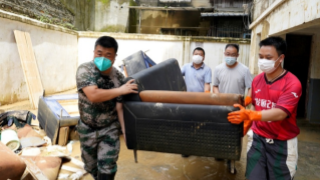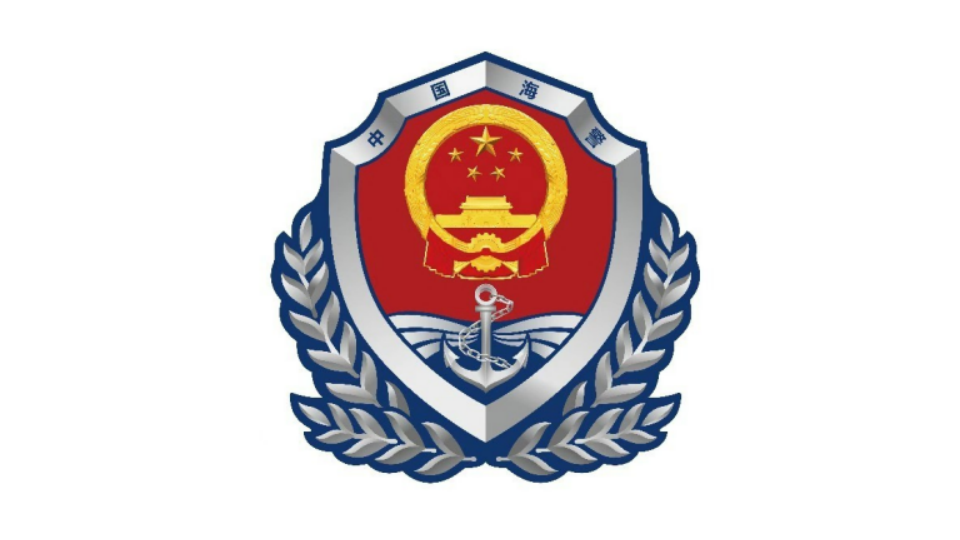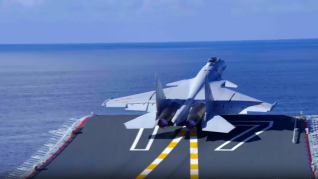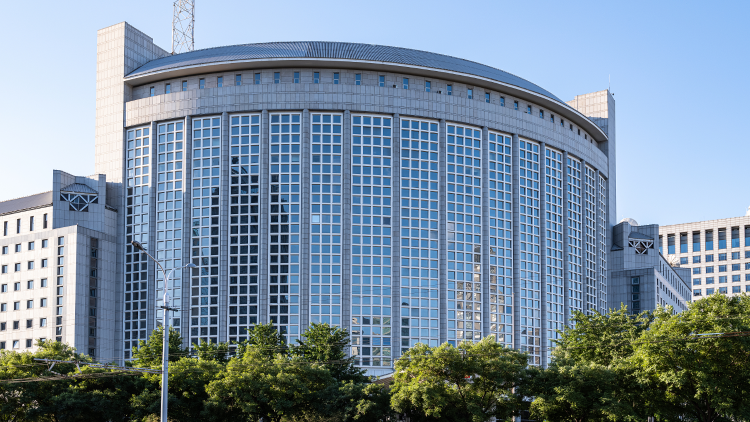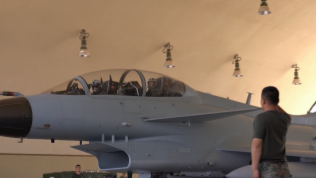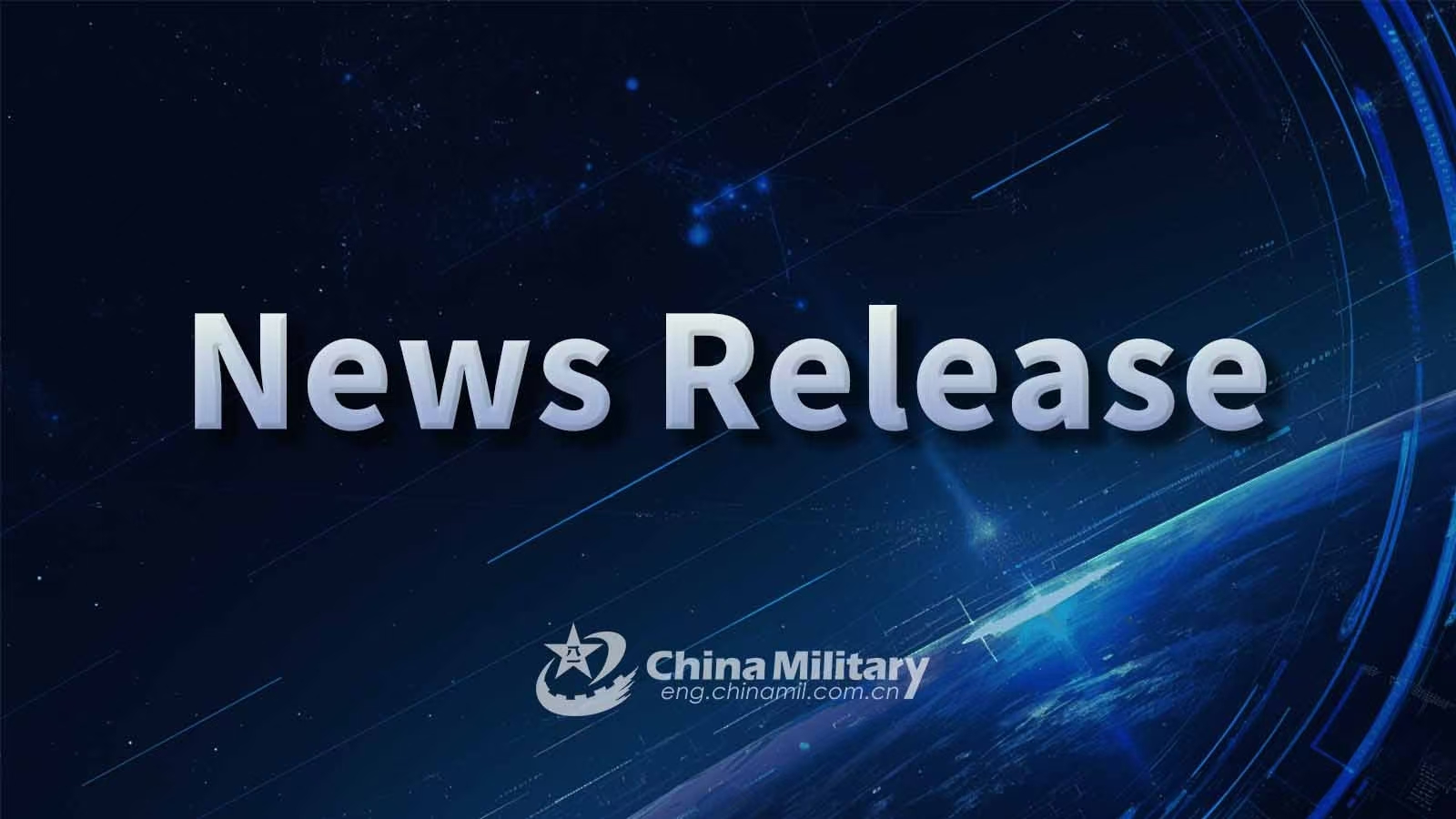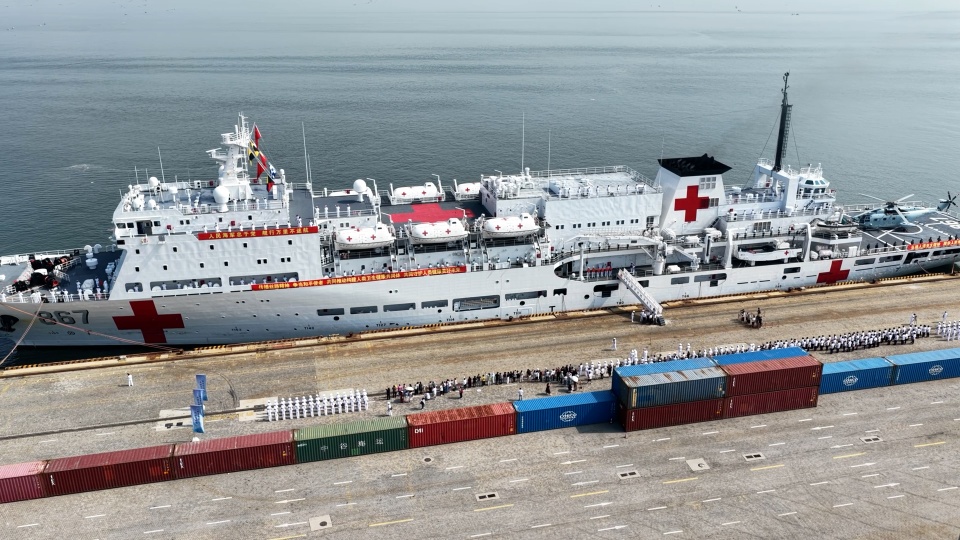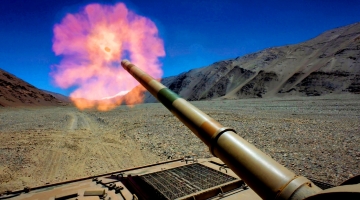By Chen Yang
The Pentagon has failed to make the epidemic prevention and control as its top priority recently though it’s deeply mired in the COVID-19 crisis; instead, it has been busy flexing military muscles in the South China Sea.
Since the COVID-19 epidemic broke out in the US, the US military, which should have taken strict precautions to prevent infection, has become a special disaster area. The US troops stationed overseas have frequently sounded the alarm for epidemics. According to an October 10 report from the Navy Times, an American newspaper, the US military personnel onboard more than 190 US naval vessels have been infected by COVID-19 this year. The US military has always kept secret about and tried to whitewash its epidemic situation, while being repeatedly questioned by the outside world. This is especially true when Admiral Charles Ray, vice commandant of the US Coast Guard, was tested positive for COVID-19. News comes that almost all the leading figures in the US military have been quarantined recently.
The Pentagon could no longer conceal the truth. In the face of doubts including “whether the US military’s combat effectiveness has been severely undermined” and“whether the US military is still capable of safeguarding national security”, the Pentagon gives priority to flaunting its superiority instead of concentrating on medical treatment.
On October 9, the guided-missile destroyer USS John S. McCain (DDG 56) arbitrarily entered China’s territorial waters around Xisha Islands without permission of the Chinese government. The Southern Theater Command of the Chinese People’s Liberation Army (PLA) organized naval and air forces to track, monitor, verify and identify the vessel, and warn it to leave. In recent days, the US has frequently dispatched in large numbers advanced military vessels to the South China Sea to project its power and engage in military provocations, want only raising the risk of regional conflicts and growing into the biggest driver of the militarization of the South China Sea.
Since the US issued its statement outlining the US Position on Maritime Claims in the South China Sea in July, it has increased the frequency of creating incidents in the South China Sea. In addition to the actions of trespassing into China’s territorial waters around Xisha Islands without permission, the US expeditionary fast transport vessel, USNS Millinocket, appeared in the South China Sea on October 6 to conduct a joint exercise with the Brunei Royal Navy’s offshore patrol vessel KDB Daruttaqwa. On October 7, the aircraft carrier USS Ronald Reagan carried out mass casualty drill in the South China Sea; on the same day, the guided-missile destroyer USS John S. McCain reappeared in the South China Sea to carry out heavy weapon operation training. Furthermore, relevant data show that during the first half of this year alone, the US has dispatched nearly 3,000 military aircraft and more than 60 sub-warships, including multiple batches of bombers and dual aircraft carrier striking groups, to constantly show off its strength in the South China Sea.
In sharp contrast to the frequent incidents caused by the US in the South China Sea, China has never strived to establish an ocean empire in the South China Sea, always treating countries surrounding the South China Sea as equals, and maintaining the utmost restraint in safeguarding its sovereignty, rights and interests of the South China Sea.
In 2002, the ASEAN states and the People’s Republic of China (PRC) agreed on a Declaration on the Conduct of Parties in the South China Sea, the first political document signed by China and ASEAN countries on the South China Sea issue which has played an important role in maintaining peace and stability in the South China Sea and surrounding regions. At present, China is working with ASEAN countries to implement the Declaration faithfully and committed to reaching the South China Sea Code of Conduct as soon as possible while properly handling related disputes through dialogue and consultation. As an upgraded version of the Declaration, the Code of Conduct is bound to facilitate turning the South China Sea into a sea of peace and cooperation.
The US frequently intervenes in South China Sea affairs, fully demonstrating its intention to mess up the South China Sea and tie regional countries to the US fighting vehicles, as a way to serve the US domestic politics and geostrategy.
China has asserted indisputable sovereignty over the islands in the South China Sea and its adjacent waters. China also has the determination and ability to safeguard national sovereignty and territorial security. Peace and stability are the common strategic aspiration of both China and ASEAN countries, and the South China Sea should not and cannot become an arena of geopolitical competition.
As an extraterritorial country, the US needs to fully respect the wishes and expectations of countries in the region, instead of just creating tension and seek benefit from it. If the US is still obsessed with aggressive wars, rehashes the Cold War mentality, and makes political manipulation, it will inevitably turn into a threat to peace and stability in the South China Sea and the greatest threat to global strategic security and stability.
It is better to “take medical treatment” instead of “flaunting superiority.” What the US military needs to treat is not only COVID-19 that has been widespread in the Pentagon, but also the political virus obsessed with aggressive wars.





